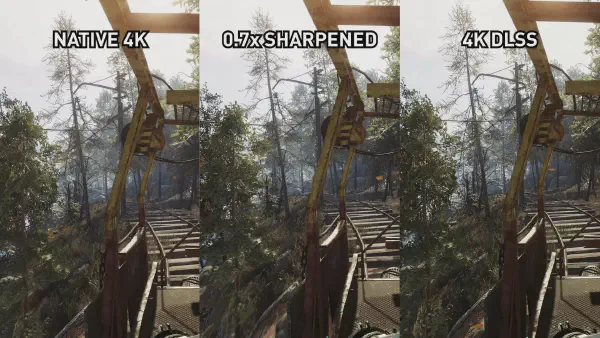
In the world of visual aesthetics, image sharpening stands as a formidable technique, elevating the quality and appeal of digital visuals. This blog dives into the intricacies of image sharpening, a process that goes beyond mere clarity enhancement, delving into the realms of highlighting edges and fine details.
Understanding Image Sharpening
Image sharpening, at its core, is an enhancement technique designed to bring out the subtleties within an image, making it visually captivating. It is a crucial tool in the arsenal of photographers, graphic designers, and professionals in the printing industry. The primary goal is to increase local contrast, thereby accentuating the finer elements of an image.
The Importance of Image Sharpening
1. Enhanced Visual Appeal:
Image sharpening contributes to an image’s overall visual appeal by making the edges more defined and details more pronounced. This heightened clarity draws the viewer’s attention to the intricacies within the visual composition.
2. Printing Precision:
In the printing industry, where precision is paramount, image sharpening plays a pivotal role. It ensures that the printed output accurately represents the intended details, resulting in a more faithful reproduction of the original image.
3. Photographic Perfection:
Photographers often rely on image sharpening to bring out the best in their shots. Whether it’s capturing the texture of landscapes or the subtleties in portrait photography, sharpening adds that extra touch of perfection.
Techniques of Image Sharpening
1. Unsharp Masking:
Unsharp masking is a popular method that involves creating a blurred version of the original image and then subtracting it to reveal the edges. This technique enhances local contrast, making edges appear sharper.
2. High-Pass Filtering:
High-pass filtering accentuates high-frequency details while suppressing low-frequency components. This method is effective in emphasizing fine details and textures within an image.
3. Edge Enhancement:
Edge enhancement algorithms identify edges in an image and accentuate them, resulting in a sharpened appearance. This technique is particularly useful for highlighting intricate patterns and structures.
Best Practices for Image Sharpening
1. Preserve Original Quality:
When applying sharpening, it’s crucial to strike a balance. Avoid excessive sharpening, which can lead to artifacts and a loss of image quality. Preserve the natural aesthetics of the image.
2. Selective Sharpening:
Not all parts of an image require the same level of sharpening. Implement selective sharpening techniques to focus on specific areas that benefit from enhanced clarity.
3. Post-Processing Workflow:
Integrate image sharpening seamlessly into your post-processing workflow. Experiment with different techniques and settings to find the optimal balance for each image.
Conclusion 🏁
In the realm of visual storytelling, image sharpening emerges as a powerful ally, allowing creators to unveil the hidden beauty within their visuals. Whether you are a photographer striving for perfection or a designer aiming for print precision, mastering the art of image sharpening can elevate your work to new heights. Embrace the techniques, explore the possibilities, and let your images tell stories with unparalleled clarity and detail.
Remember, image sharpening is not just about making images clearer; it’s about revealing the soul of the visuals.